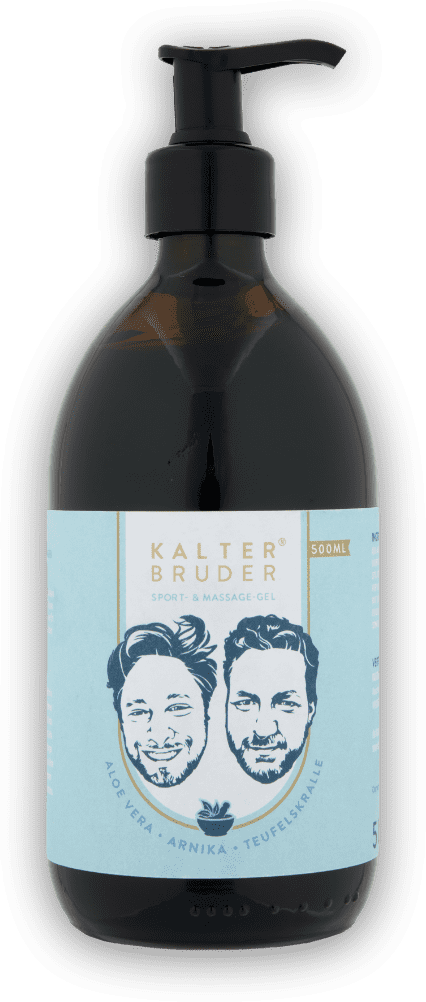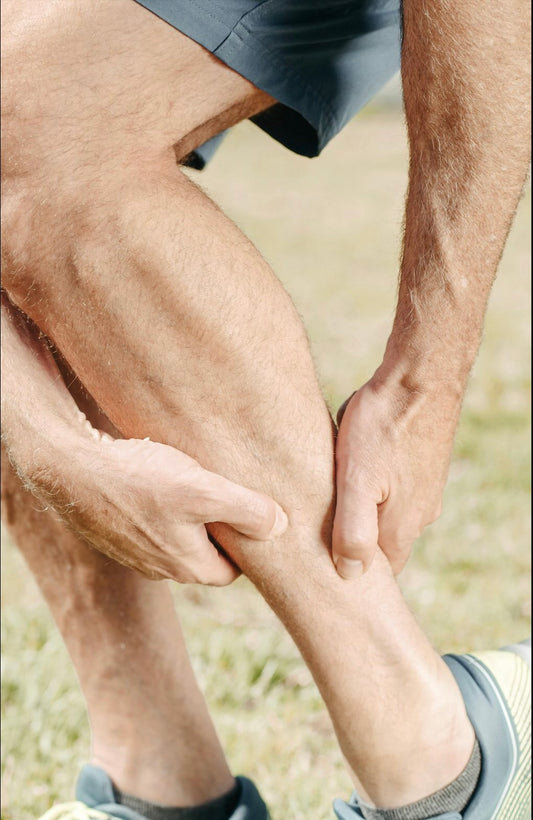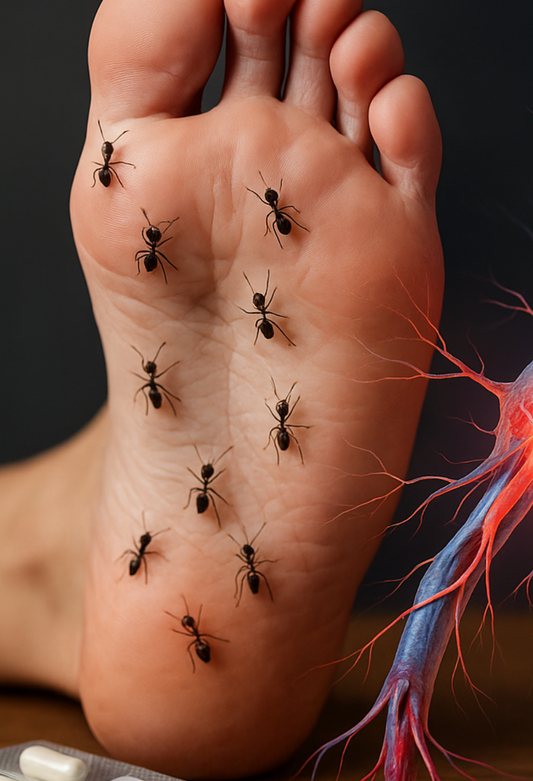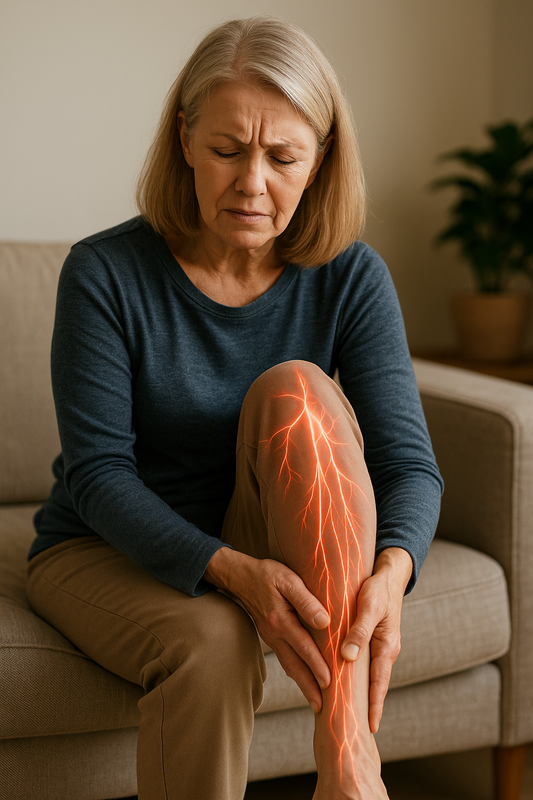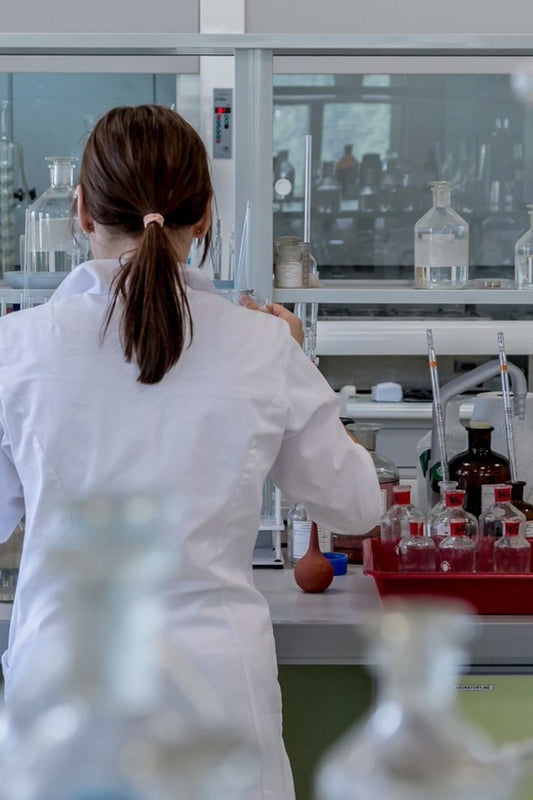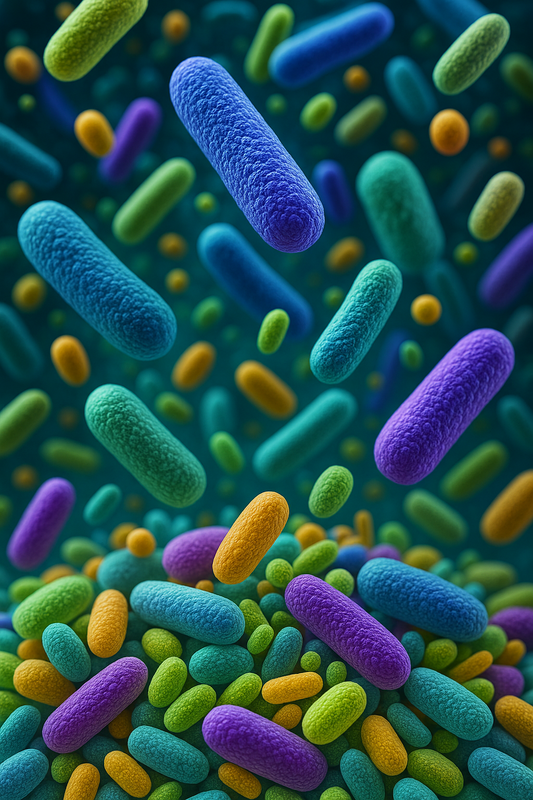Is our drinking water on the verge of collapse? What you need to know now.
Drinking water, the silent elixir of life, is a luxury in many countries that we often take for granted. But did you know that even in Germany, where drinking water is considered particularly safe, microplastic particles have been detected? There are significant differences in drinking water quality around the world, and in many regions access to clean water remains a serious problem. Read on to learn more about global differences in drinking water quality, the threat of microplastics and its potential impact on your health.
Microplastics already in your drinking water
It may sound surprising, but microplastics are not only found in oceans and rivers. A 2018 study by the Federal Institute for Risk Assessment found that 93% of drinking water samples examined in Germany contained microplastic particles. This means that almost every sip of water you drink can contain tiny plastic particles - up to 7.4 particles per liter! These mainly come from plastic bottles and tap water systems.
Drinking water quality worldwide: A comparison
The quality and access to drinking water varies greatly around the world. Countries such as Germany, Canada, Norway and Australia have high access to safe drinking water. In these countries, there are strict regulations that ensure that chemical, physical and microbiological parameters are regularly monitored. In Germany, the Drinking Water Ordinance (TrinkwV) ensures this strict monitoring.
In Southeast Asia and Latin America, such as Thailand and Brazil, access to safe drinking water is of medium quality. Here, standards and monitoring are not always as strict as in the countries mentioned above.
In sub-Saharan Africa, such as Nigeria and the Democratic Republic of Congo, access to clean drinking water is often very limited. Here, many people struggle every day to have enough water to survive, let alone clean water.
Drinking Water Quality in Germany
Germany is one of the countries with the highest drinking water quality in the world. The Drinking Water Ordinance (TrinkwV) ensures strict monitoring and regular control of chemical, physical and microbiological parameters. These strict regulations ensure that drinking water is safe and free of contaminants. Despite these high standards, however, there are also challenges in Germany. Of particular concern is the increasing contamination by microplastics. Although there are currently no mandatory limits for microplastics in drinking water, voluntary tests have shown the presence of these particles. Other concerns include residues of chemicals and pesticides from agriculture and heavy metals that can enter drinking water due to geological conditions in some regions. Studies by the Federal Environment Agency show that 21% of groundwater samples are above the legal limits for chemicals and pesticides. Another study by the German Association of the Gas and Water Industry found that 2% of drinking water samples contain lead above the limit and 3% copper above the limit.
Microplastics: A Growing Problem
Microplastic particles in drinking water are a growing environmental problem. Although there are currently no mandatory limits for microplastics in drinking water, voluntary tests show the presence of these particles. Research into the health effects of microplastics is still in its early stages, but initial studies suggest that these tiny particles are not harmless.
- Absorption and distribution in the body: A 2019 study by Schwabl et al. found microplastics in human stool. On average, 20 particles were found per 10 g of stool. These particles can pass through the intestinal wall and enter the bloodstream, potentially leading to a variety of health problems.
- Inflammatory reactions: Microplastics can trigger inflammation in the intestines. A study by Wright and Kelly from 2017 showed that microplastic particles irritate the intestinal mucosa and activate immune cells, which then release inflammatory mediators. These inflammatory reactions can lead to chronic intestinal diseases in the long term.
- Toxicological effects from additives: Microplastics often contain toxic additives such as phthalates and BPA. A 2011 study by Lithner et al. found that these chemicals can cause hormonal disruption and increase the risk of cancer. The release of these chemicals from the microplastic particles can therefore pose significant health risks.
- Impairment of the immune system: A 2016 study by Lu et al. showed that microplastics can impair the activity of macrophages, an important type of immune cell. This leads to reduced immune function, which increases susceptibility to infections.
- Earlier puberty: A Danish study found that early exposure to microplastics and certain chemicals in plastics, such as phthalates and BPA, is associated with earlier onset of puberty in children. The data showed that girls experience their first menstrual period three months earlier and boys experience their voice break six months to a year earlier than they did 15 years ago. These early changes were observed in 14,759 children.
Tap water versus mineral water: Which is better?
A 2019 study by Stiftung Warentest found that tap water contains on average 50% less calcium and magnesium than mineral water. However, 12% of the mineral water samples showed contaminants such as uranium. However, tap water is about 100 times cheaper than mineral water and causes up to 600 times less CO2 emissions.
Practical tips for reducing microplastics in drinking water
How can you reduce the intake of microplastics in your drinking water? Here are some practical tips:
- Avoid plastic bottles : use glass or stainless steel bottles instead.
- Filtration systems : Invest in high-quality water filters that can filter out microplastic particles.
- Prefer tap water : In many regions, tap water is safer and less contaminated than bottled water.
The presence of microplastics in our drinking water is a growing concern that needs to be taken seriously. By making more conscious choices about your water supply, you will not only protect your health, but also help preserve our environment.





